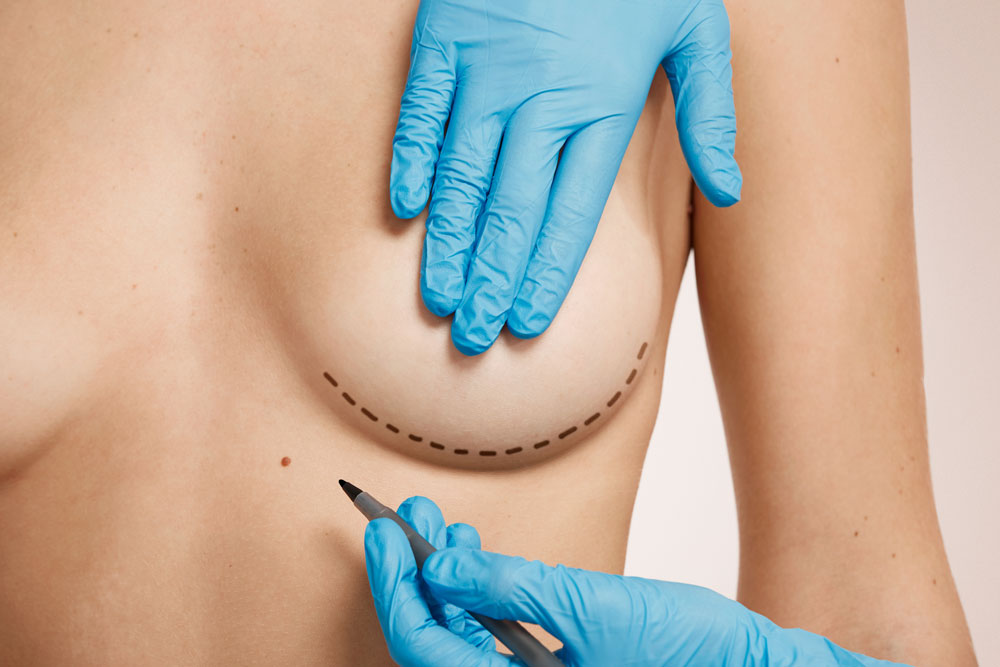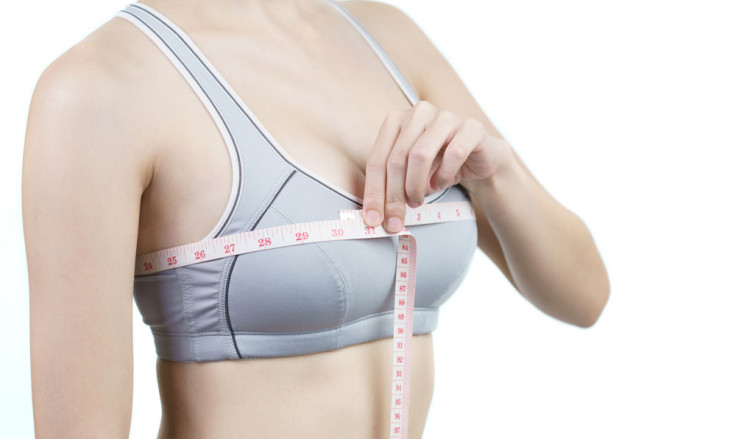When is the Right Time for Breast Implant Exchange?
Introduction
While breast implants are designed to be long-lasting, they are not lifetime devices. Over time, implants may need to be replaced due to various factors. These include changes in personal preferences, the condition of the implants, or medical concerns. Deciding when to undergo a breast implant exchange is an important decision. It requires careful consideration. This article will help you understand when it might be the right time for a breast implant exchange. It details the factors that influence this decision.
Your Breast Implants Are Over 10-15 Years Old
Although modern breast implants are durable, they typically last between 10 and 15 years. The older your implants are, the higher the chance of developing complications. These include rupture or leakage.
- Manufacturer Recommendations: Many manufacturers suggest monitoring your implants closely after the 10-year mark. This does not mean implants must be replaced at exactly 10 years. But regular check-ups become more important.
- Implant Longevity: Some women may keep their implants for 20 years or longer without any issues. But it’s essential to remain vigilant about any changes in the breasts or discomfort.
You’re Experiencing Implant Complications
One of the most common reasons for a breast implant exchange is complications that arise over time. These complications can affect the appearance or comfort of the implants.
- Implant Rupture: Silicone implants may develop silent ruptures. These can only be detected through MRI scans. Saline implants deflate when ruptured, making the issue immediately visible.
- Capsular Contracture: This condition occurs when scar tissue forms around the implant. Causing it to harden and become painful. In severe cases, capsular contracture can distort the shape of the breast.
- Rippling or Wrinkling: Some women may experience rippling or visible wrinkles in the implants over time. Especially if there is insufficient breast tissue to cover the implant.
You Want to Change the Size or Type of Implant
Changes in personal preference often drive the decision to replace breast implants. Over time, your aesthetic goals or body may change. This may lead you to reconsider the size or type of implant.
- Desire for Larger or Smaller Implants: If you feel that your current implants are either too large or too small for your frame, a breast implant exchange is an opportunity to make adjustments. This procedure allows you to update your look to better fit your current lifestyle and preferences.
- Switching from Saline to Silicone (or Vice Versa): Some women may wish to change the material of their implants. For example, you may want to switch from saline to silicone implants for a more natural feel. Or vice versa, depending on your goals.
- Breast Lift: Many women choose to combine a breast implant exchange with a breast lift to restore a more youthful appearance. Particularly after ageing or pregnancy.
You’re Noticing Changes in the Shape or Feel of Your Breasts
Over time, changes in the appearance or texture of your breasts can signal that it’s time for an implant exchange.
- Sagging or Drooping: Aging, pregnancy, breastfeeding, and weight fluctuations can cause the breasts to sag over time. If your implants no longer sit where you want them to, or if the skin has stretched. An implant exchange combined with a lift may be necessary to restore a youthful appearance.
- Implant Shifting: Your implants may shift position or become asymmetrical. This could indicate that the support structures around the implant have weakened. An exchange can reposition the implants and restore symmetry.
- Discomfort or Hardening: If your breasts feel hard or uncomfortable, it could be a sign of capsular contracture. Implant rupture is also possible or other issues.
You Have Concerns About Implant Safety
Breast implant safety has evolved over the years. Some women may choose to replace their implants due to health concerns or the desire for a newer, safer implant model.
- Breast Implant-Associated ALCL (BIA-ALCL): Although extremely rare, BIA-ALCL is a type of cancer associated with certain textured breast implants. If you have textured implants and are concerned about your health. You may choose to replace them with smoother implants.
- New Technology: Breast implant technology has improved over the years. You may wish to exchange your older implants for newer models that offer greater durability. New models also have fewer risks, or a more natural feel.
Routine Monitoring and Check-Ups
Regular check-ups with your plastic surgeon are key to maintaining the health of your breast implants. Even if you are not experiencing any symptoms. Your surgeon may recommend replacement based on the condition of the implants.
- MRI or Ultrasound Scans: For women with silicone implants, the FDA recommends MRI scans every few years to check for silent ruptures. Ultrasounds are also used to monitor both silicone and saline implants for potential issues.
- Proactive Replacement: In some cases, surgeons recommend proactive replacement of implants to avoid potential future complications. Discussing your concerns with your surgeon is the best way to decide whether an implant exchange is necessary.
Conclusion
While breast implants are durable, they are not designed to last forever. Whether due to age, complications, or personal preference, a breast implant exchange may be necessary. It’s essential to monitor the condition of your implants and consult with your plastic surgeon. Any changes in the appearance or feel of your breasts may signal an implant exchange. Working closely with a qualified plastic surgeon will help ensure you achieve the best results.
For more information on implant exchange, please visit the ACIBADEM Beauty Center Breast Augmentation page.




